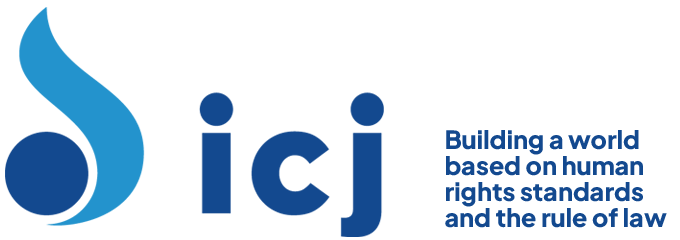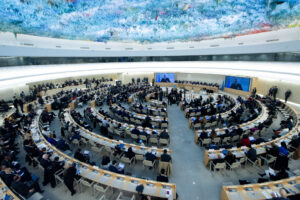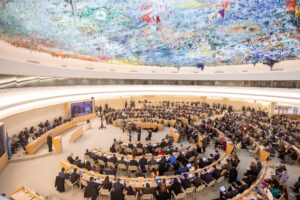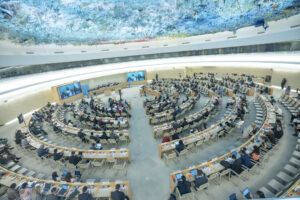IV. Early childhood development in the context of the right to health framework
C. Equality and non-discrimination
Intersex children
84. “Intersex” refers mainly to physical aspects of the body and includes a wide range of natural body variations that do not conform to prevailing notions of male and female bodies.{{54}} Deeply rooted stereotypes around gender dichotomy and medical norms about male and female bodies have led to the establishment of a medical practice of routine interventions and surgeries on intersex people, including irreversible genital surgery and sterilization. These interventions are not always necessary on medical grounds and are often not performed with the informed consent of the persons concerned. Moreover, medical classifications currently codify intersex characteristics as pathologies or disorders.{{55}}
85. These practices, if performed without due consideration for the best interests and evolving capacities of young children, can have detrimental, long-lasting effects on their health and well-being; violate their basic rights to physical integrity, privacy and autonomy; and may amount to ill-treatment or even torture.{{56}} In addition, the sex assigned at birth becomes a legal and social factor, often permanent or difficult to change, that will determine the life and development of the child and affect his/her right to develop a personal identity.
86. On the basis of international human right (sic) law and standards,{{57}} States should prohibit unnecessary medical or surgical treatment during infancy or early childhood in order to guarantee the bodily integrity, autonomy and self- determination of the children concerned.
V. Conclusions and recommendations
B. Recommendations
111. States should be more intentional and explicit about the application of a human rights-based approach in their laws, policies, programmes, budgets and other measures. Good practices in applying human rights principles to addressing child survival and development worldwide should become the rule rather than the exception.
112. In this connection, the Special Rapporteur urges Governments:
(m) To prohibit discrimination against intersex people, including by banning unnecessary medical or surgical treatment, and adopt measures to overcome discriminatory attitudes and practices through awareness-raising, training for public officials and medical professionals and the elaboration of ethical and professional standards that respect the rights of intersex persons, in consultation with intersex people and their organizations;
Link to full text of the report: Report-SRHealth-GA-2015-eng
[[54]]54. OHCHR, Fact Sheet: “LGBT rights: frequently asked questions”, 2013. [[54]]
[[55]]55. Commissioner for Human Rights, Council of Europe, Issue Paper: “Human rights and intersex people”, 2015. [[55]]
[[56]]56. Joint statement by a group of United Nations and international human rights experts on the occasion of the International Day against Homophobia, Biphobia and Transphobia, “Discriminated and made vulnerable: young LGBT and intersex people need recognition and protection of their rights”, 13 May 2015. [[56]]
[[57]]57. See, for example, documents CRC/C/CHE/CO/2-4, CAT/C/DEU/CO/5, E/C.12/DEU/CO/5, CEDAW/C/CRI/CO/5-6, CRPD/C/DEU/CO/1, A/HRC/29/23, A/HRC/22/53 and A/64/272.[[57]]




